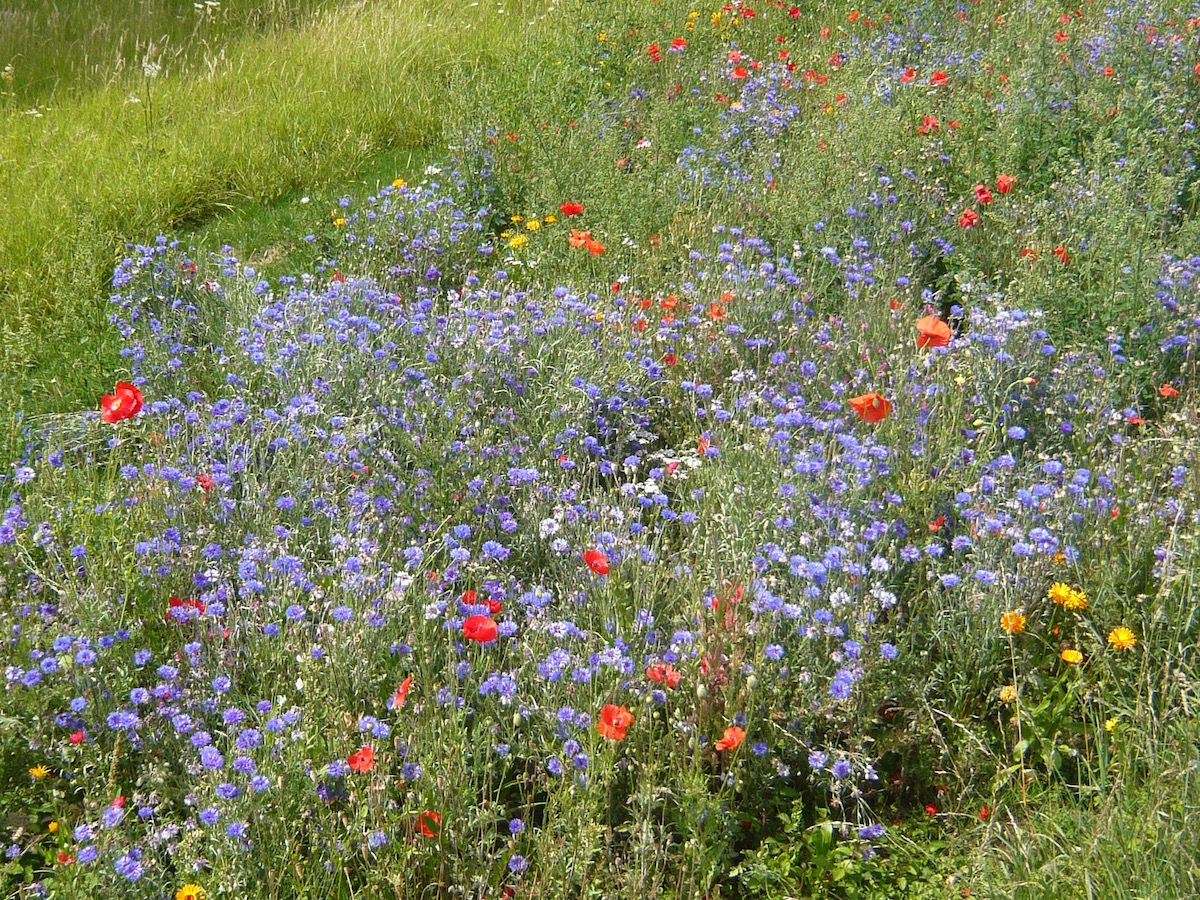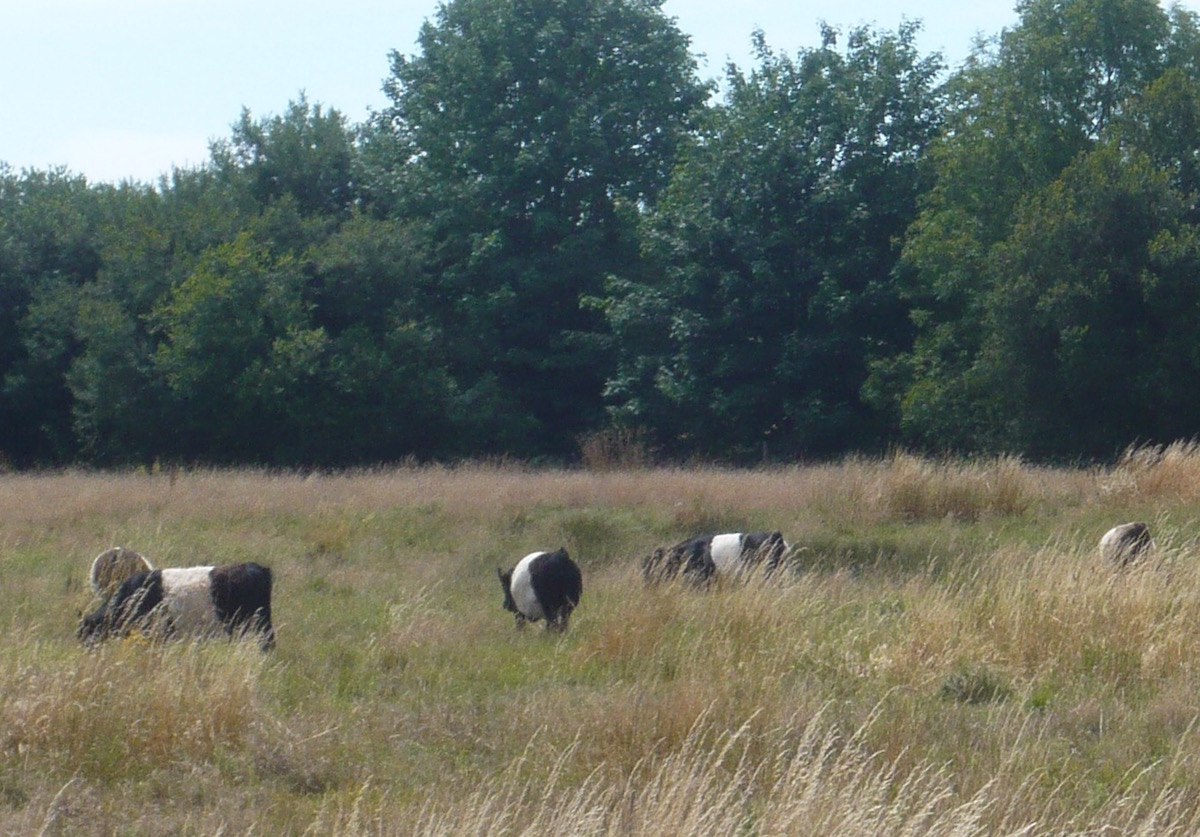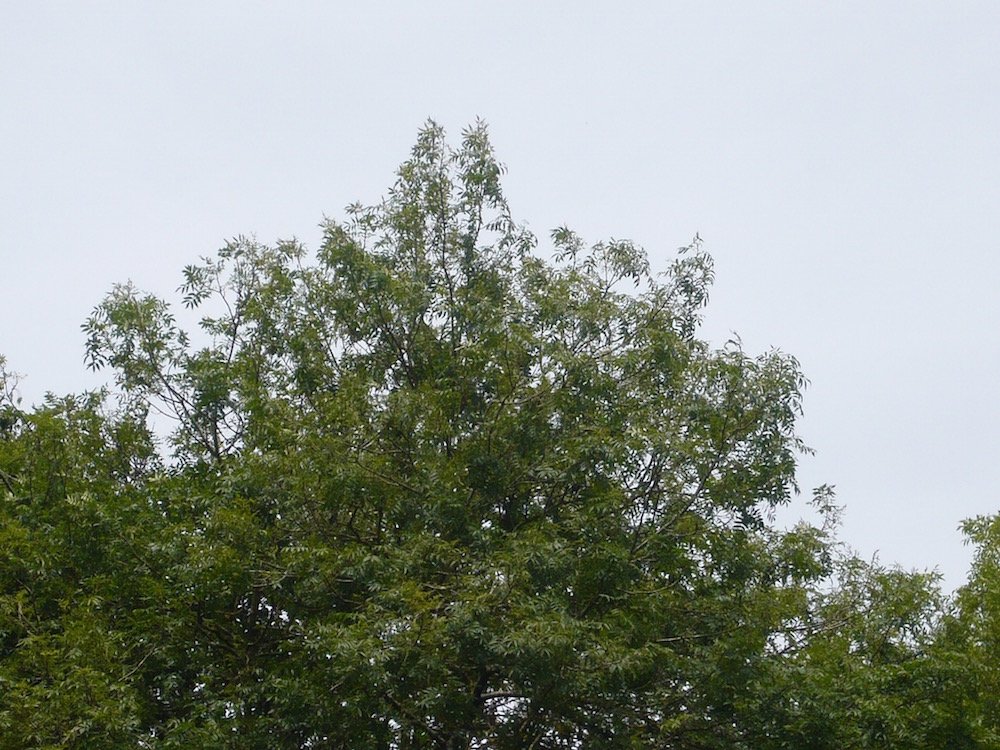 Abraham Lincoln
If given the truth, the people can be depended upon to meet any national crisis...
Abraham Lincoln
If given the truth, the people can be depended upon to meet any national crisis...
 Guildford news...
for Guildford people, brought to you by Guildford reporters - Guildford's own news service
Guildford news...
for Guildford people, brought to you by Guildford reporters - Guildford's own news service
Photo Feature: Cornflowers, Poppies and Belted Galloways
Published on: 2 Aug, 2015
Updated on: 11 Aug, 2015
One of the joys of living in Guildford is our close proximity still, despite the inexorable suburban creep, to the countryside. Here are just a few images taken on a short bicycle ride along lanes and paths to the south-west of the town today, Sunday (Aug 2). Click on any image to enlarge.

These cornflowers, poppies and pot marigolds were seen in Littleton Lane. Presumably someone scattered a packet of wild seed – and what a result! In the past cornflowers often grew as a weed in corn fields, hence its name. In folklore, cornflowers were worn by young men in love; if the flower faded too quickly, it was taken as a sign that the man’s love was not returned.

Close to St Catherine’s lock are these Belted Galloways, quite a way from their native south west Scotland. It’s a shame that the Highland coos that could often be seen on nearby Broom Island have gone. They might have mooed with a similar accent. Evidently, in the days before the railways, when cattle were driven from Galloway and Dumfries to Norfolk Fairs, the drovers always liked to have a “Beltie” in the bunch, so that in the dark days they could pick out the way the cattle were heading.

Just yards away was this yellow flowered ragwort, dangerous to horses and cattle if eaten in fairly large quantities. Ragwort also hosts the attractive cinnabar moth the striped caterpillars of which can often be found on the plant.

It seems that our friend Robert Craig, the local lengthsman and author of Riff Raff diary, has been busy repairing the tow path just downstream of St Catherine’s lock, much to the appreciation of local cyclists.

There are two Caucasian wingnut trees (Pterocarya fraxinifolia) near where the river and the navigation divide, between St Catherine’s Lock and the footbridge. A native of Iran, it is a rare tree in Britain and likes mild climates and a riverside situation. Each summer, it produces these eye-catching green catkins that can grow up 60cm (2ft) long.

St Catherine’s footbridge just upstream from the ancient ferry point. This area with the yellow sand, that probably gave Guildford its name, is still an attraction on a warm summer’s day – and why not?

The crown of this ash tree, near to the bridge, is showing no sign of the dreaded ash dieback disease that experts predict might practically eradicate the 80 million ash trees in Britain in coming years. What a tragedy that would be.
Responses to Photo Feature: Cornflowers, Poppies and Belted Galloways
Leave a Comment Cancel replyPlease see our comments policy. All comments are moderated and may take time to appear. Full names, or at least initial and surname, must be given.
Recent Articles
- Dragon Interview: Council Leader on the Latest HRA Report
- Stage Dragon: Murder on the Orient Express – Yvonne Arnaud Theatre
- Letter: GBC Improvement Work Was Hampered By Its Culture
- Letter: Half and Half is the Solution for Clandon House
- Camberley’s House of Fraser To Be Left Mothballed
- HRA Report Shows Overspend and Possible Fraud Occurred Despite Many Warnings
- Letter: Those in Elected Office Should Refrain from Deliberately Misleading the Public
- Cup Run Ends After City Fade in Second Half
- Press Regulator Condemns Behaviour of News Group Newspapers
- MP Says Raw Sewage Flooding Gardens Is ‘Absolutely Disgusting’ – ‘Thames Water Must Stop It’


Recent Comments
- Jim Allen on Letter: GBC Improvement Work Was Hampered By Its Culture
- Jules Cranwell on HRA Report Shows Overspend and Possible Fraud Occurred Despite Many Warnings
- George Potter on HRA Report Shows Overspend and Possible Fraud Occurred Despite Many Warnings
- Richard Benson on Letter: Those in Elected Office Should Refrain from Deliberately Misleading the Public
- Valerie Thompson on Opinion: We Should Restore Clandon House
- Frank Ayling on Where Is This? No.221
Search in Site
Media Gallery
Dragon Interview: Local Artist Leaves Her Mark At One of England’s Most Historic Buildings
January 21, 2023 / No Comment / Read MoreDragon Interview: Lib Dem Planning Chair: ‘Current Policy Doesn’t Work for Local People’
January 19, 2023 / No Comment / Read MoreA3 Tunnel in Guildford ‘Necessary’ for New Homes, Says Guildford’s MP
January 10, 2023 / No Comment / Read More‘Madness’ for London Road Scheme to Go Ahead Against ‘Huge Opposition’, Says SCC Leader
January 6, 2023 / No Comment / Read MoreCouncillor’s Son Starts Campaign for More Consultation on North Street Plan
December 30, 2022 / No Comment / Read MoreCounty Council Climbs Down Over London Road Works – Further ‘Engagement’ Period Announced
December 14, 2022 / No Comment / Read MoreDragon Interview: GBC Reaction to the Government’s Expected Decision to Relax Housing Targets
December 7, 2022 / No Comment / Read MoreHow Can Our Town Centre Businesses Recover? Watch the Shop Front Debate
May 18, 2020 / No Comment / Read More









Lisa Wright
August 2, 2015 at 11:07 pm
What a treat to see such lovely views.